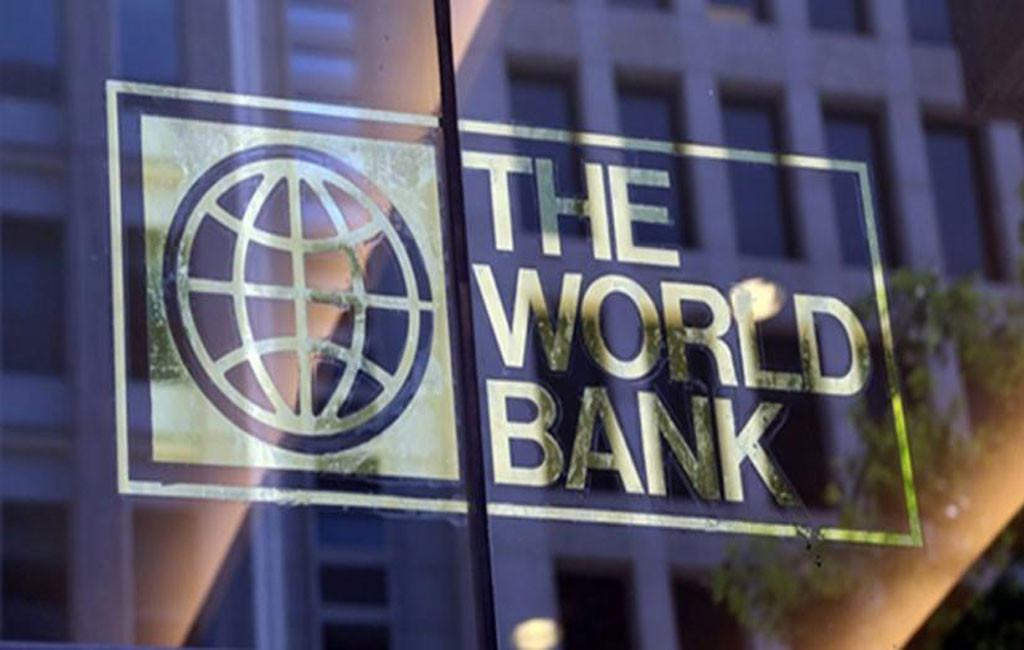Liquefied natural gas (LNG) production has risen slightly in some countries amid higher prices, including in Australia, Egypt, and Qatar, according to the World Bank’s latest Commodity Markets Outlook report.
The report said that natural gas production has sharply declined in Russia—down 17% in August 2022 (y/y) — as the country has few options to redirect its exports given the reliance on pipelines to Europe.
The report added that this shortfall has been partly offset by increased supplies from other countries. Production in the United States was 10 percent higher in Q3 2022 (y/y). The natural gas rig count has been increasing, and there has also been increased production associated with crude oil production. Exports of LNG from the United States reached a record high in May, with a large increase in exports to Europe, although they fell in June following an explosion at the Freeport LNG terminal. This facility accounts for about 17% of US LNG export capacity.
The shrinking value of the currencies of most developing economies is driving up food and fuel prices in ways that could deepen the food and energy crises that many of them already face, according to the report.
Elevated prices of energy commodities that serve as inputs to agricultural production have been driving up food prices. During the first three quarters of 2022, food-price inflation in South Asia averaged more than 20%. Food price inflation in other regions, including Latin America and the Caribbean, the Middle East and North Africa, Sub-Saharan Africa, and Eastern Europe and Central Asia, averaged between 12 and 15%. East Asia and the Pacific has been the only region with low food-price inflation, partly because of broadly stable prices of rice, the region’s key staple.
“Although many commodity prices have retreated from their peaks, they are still high compared to their average level over the past five years,” said Pablo Saavedra, the World Bank’s Vice President for Equitable Growth, Finance, and Institutions. “A further spike in world food prices could prolong the challenges of food insecurity across developing countries. An array of policies is needed to foster supply, facilitate distribution, and support real incomes.”
Since the outbreak of the war in Ukraine, energy prices have been quite volatile but are now expected to decline. After surging by about 60% in 2022, energy prices are projected to decline 11% in 2023. Despite this moderation, energy prices next year will still be 75% above their average over the past five years.
The price of Brent crude oil is expected to average $92 a barrel in 2023—well above the five-year average of $60 a barrel. Both natural gas and coal prices are projected to ease in 2023 from record highs in 2022. However, by 2024, Australian coal and U.S. natural-gas prices are still expected to be double their average over the past five years, while European natural gas prices could be nearly four times higher. Coal production is projected to significantly increase as several major exporters boost output, putting climate-change goals at risk.
Agricultural prices are expected to decline 5% next year. Wheat prices in the third quarter of 2022 fell nearly 20% but remained 24% higher than a year ago, the report noted.
The outlook for commodity prices is subject to many risks. Energy markets face significant supply concerns as worries about the availability of energy during the upcoming winter will intensify in Europe. Higher-than-expected energy prices could feed through to non-energy prices, especially food, prolonging challenges associated with food insecurity. A sharper slowdown in global growth also presents a key risk, especially for crude oil and metals prices.
Concerns about a possible global recession next year have already contributed to a sharp decline in copper and aluminum prices. A Special Focus section of the report examines the drivers of aluminum and copper prices and explores implications for emerging markets and developing economies that export these commodities. Prices will likely remain volatile as the energy transition unfolds and demand shifts from fossil fuels to renewables, which will benefit some metal producers. Metal exporters can make the most of the resulting opportunities for growth over the medium term while limiting the impact of price volatility by ensuring they have well-designed fiscal and monetary policy frameworks, the report highlights.




